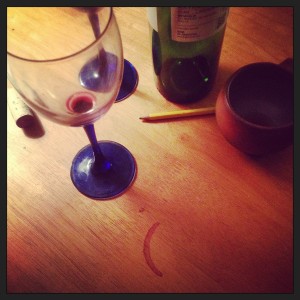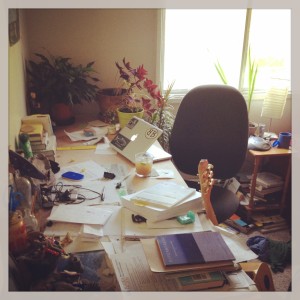Newlyweds have the best stories. The travails of the freshly married are used at cocktail and dinner parties as an amusing source of friendly one-up-man-ship. Who has the worst story? Whose honeymoon was the biggest disaster? From the cliche (“It rained the whole time!”) to the strange (“Bears ate all our food!”), fun messes are what happen to other people, certainly not to calm people like me.
Dan and I married a month ago. We had a quiet wedding in Connecticut and honeymoon on Cape Cod. Then we drove to our new home in Colorado for four days, listening to a Game of Thrones audiobook and talking about how we’d do life on one income while I looked for jobs in Denver. Our driving time was leisurely and as I’d never really been off the East Coast, I found the American interior both a marvel and an education. Pennsylvania so long! Kansas so flat!
We got into our new apartment a couple of weeks ago. We were delighted with it.
“I won’t have to clean that much!” I crowed to Dan.
I loved its freshly painted beige walls and brand new carpets and the trees that shade t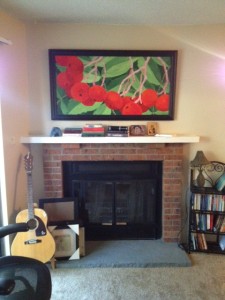 he patio and windows. “Looks a little bit like Connecticut,” I mentioned off-handedly.
he patio and windows. “Looks a little bit like Connecticut,” I mentioned off-handedly.
We hung a big painting of his over the mantelpiece and felt at home.
Our friends moved us in and we all sat on the carpet afterwards eating pizza and drinking soda. The next morning Dan went to make coffee and I sat in bed reading a novel. He came back a moment later and sat down next to me.
“Don’t get upset,” he said. “I think we may have cockroaches.”
I blanched. I’d seen a couple of reddish fast-moving little bugs in the kitchen when we moved in but had no idea what they were. We tiptoed to the kitchen and Dan showed me four he’d killed in the sink, next to the new pizza cutter we’d neglected to wash, with a couple of shreds of cheese still on it.
“Those aren’t roaches!” I cried. “Roaches have hard black shells and live in New York City!”
I pulled out my phone and Googled “cockroaches.” As we suspected.
One thing I’ve learned: roaches are the bugs nobody wants. They’re not helpful like ladybugs or praying mantises. They leave their droppings everywhere, help spread salmonella, and cause asthma attacks. They breed at an amazing rate. Once you’ve got them, they’re nearly impossible to drive out. The archaic word “pestilence” comes to mind.
Everyone we have spoken to about our problem has been horrified. So we don’t talk to many people about it. I can’t help feeling there’s an implied judgment in others’ responses. “We are clean people!” I want to say. “We aren’t gross!”
I’ve started to blame the neighbors. This makes it all the more difficult to live in the place. To accept what is happening. To receive the pest control treatments and wait for the roaches to lessen and die.
On the practical level, we have learned to clean our new space like it’s never been cleaned before. Like I’ve never cleaned before. We use bleach regularly on all counters, after every 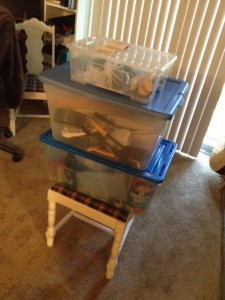 meal we eat, after every snack. We vacuum like mad and hand-wash dishes so they can be put away immediately. Our dry food and silverware we store in airtight containers. We use only two coffee cups and one pot and one pan. We are living by deletion. We accept dinner invitations from friends but let them know we can’t return the favor yet.
meal we eat, after every snack. We vacuum like mad and hand-wash dishes so they can be put away immediately. Our dry food and silverware we store in airtight containers. We use only two coffee cups and one pot and one pan. We are living by deletion. We accept dinner invitations from friends but let them know we can’t return the favor yet.
Neither of us is particularly house-proud. In fact we’ve both been pretty indifferent home-makers before marriage. Dan is fine artist who needs precious studio time and I’ve always resisted housework because it cuts into reading and writing time. These days, it would not occur to me to leave an unwashed dish in the sink or crumbs on the counter. My past kitchens and bathrooms have never been so clean as this one.
A couple of years ago I heard the poet Luci Shaw talk about embracing the “slow pleasures.” Washing dishes. Ironing. Using chore time to set the mind free, slow down the self, and make room for contemplation.
Until I find my new job, I spend lots of time cleaning the kitchen, keeping pests at bay, disrupting old habits of haste and carelessness. Accepting a slower pace. Accepting the pride that comes of a task done thoroughly and well.
We’ve joined the ranks of the newly-married horror-story tellers. When the pests recede, we’ll throw a cocktail party for all our friends and tell our story. And pray they’ll come back for more. Our guests, that is.
*****
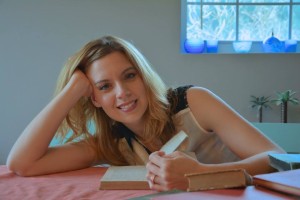
“Things That Go Bump in the Night” was written by Elena Shekleton. Elena lives in Denver with her husband. She is currently working on a book of fairy tale short stories and is learning how to get around in her new city without getting lost.


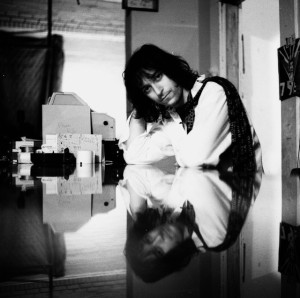

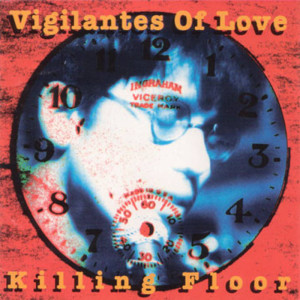
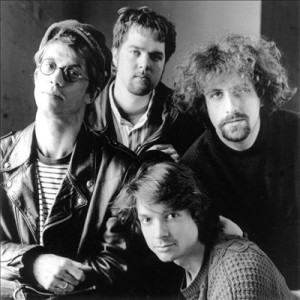
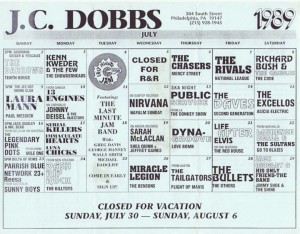
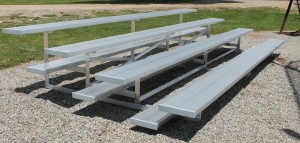

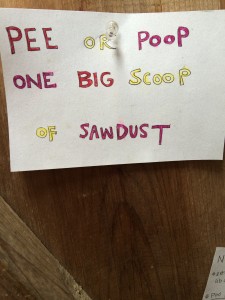
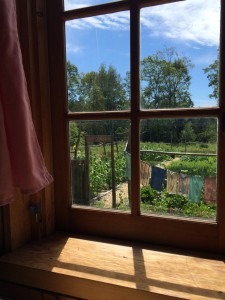

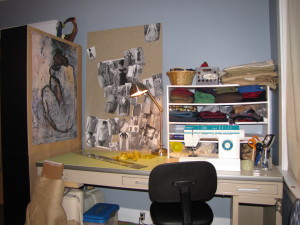
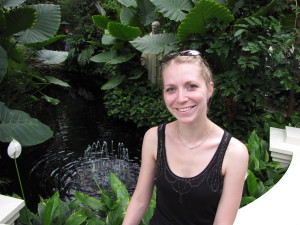
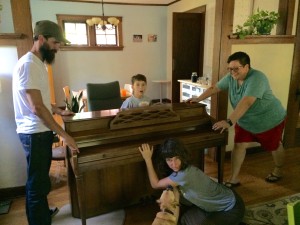
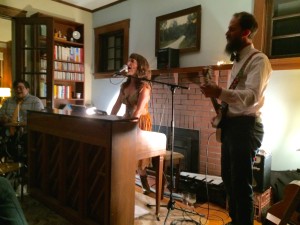

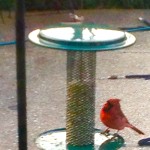
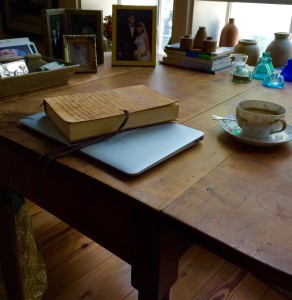



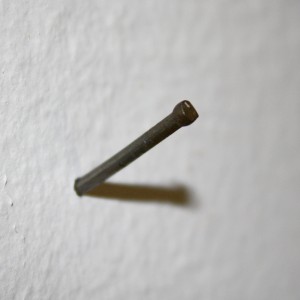 rtunity opened up, I would move.
rtunity opened up, I would move.



